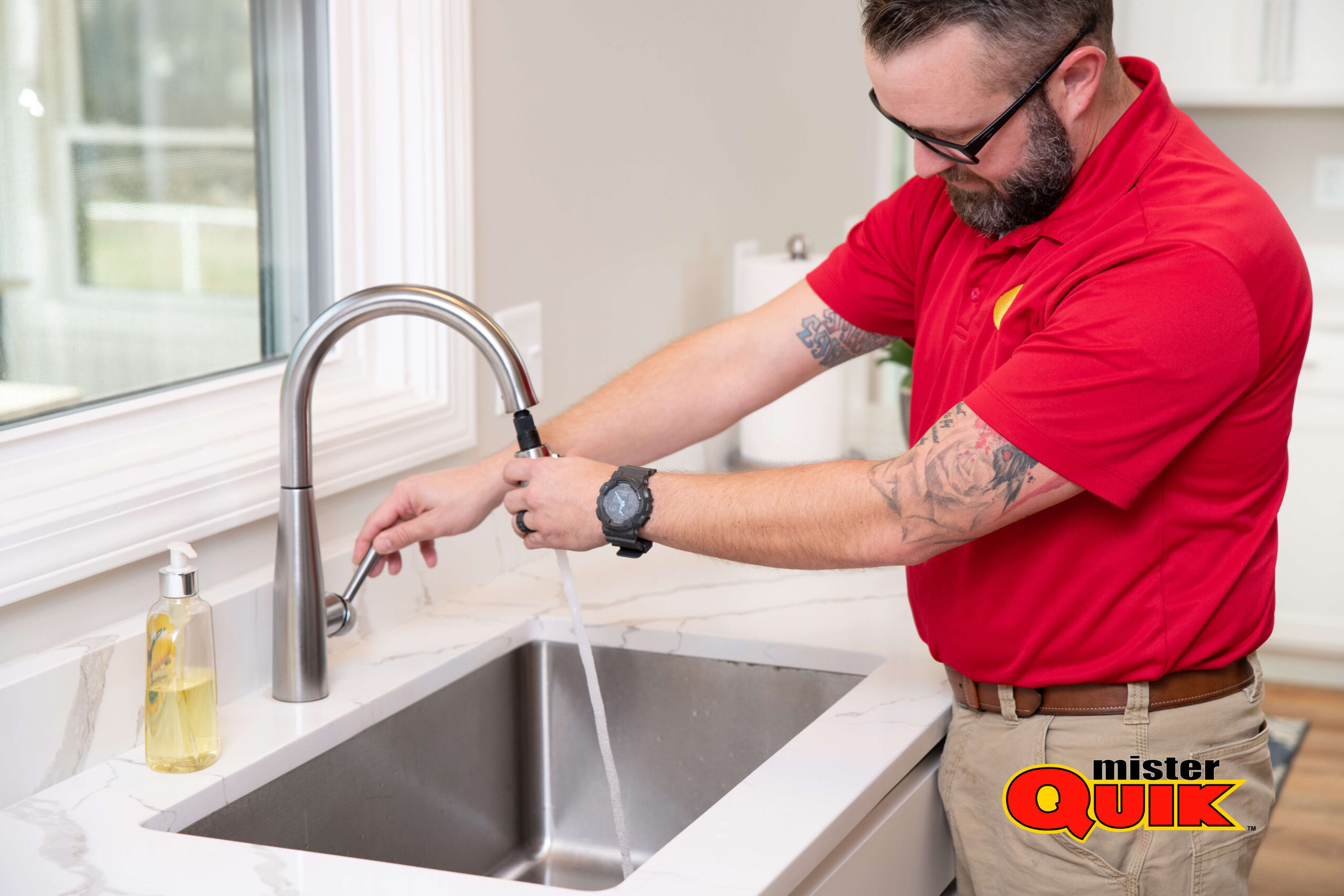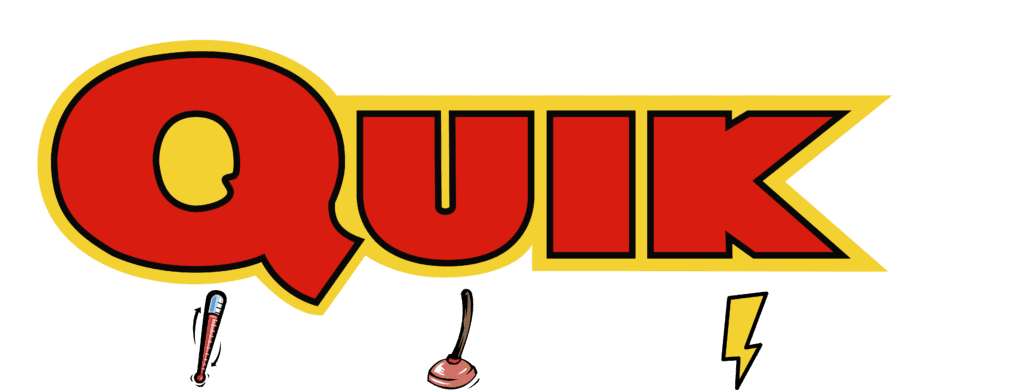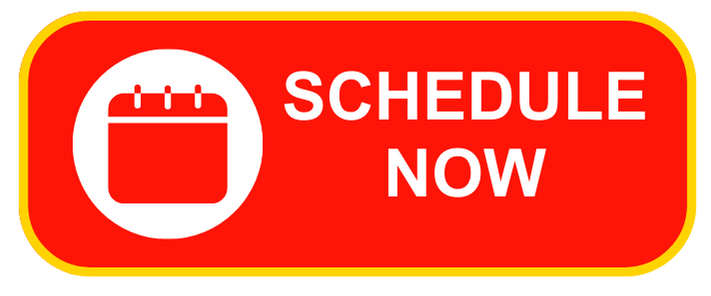Kitchen Plumbing Near Me
Schedule on your own without making a call. Click the button below to get started!

Kitchen Sink Plumbing
Understanding kitchen sink plumbing is crucial for maintaining a functional and efficient kitchen. From water supply to drainage and various components, every aspect plays a vital role in ensuring smooth operation. Let’s delve into the details of kitchen sink plumbing to empower you with essential knowledge:
- – Water Supply: Kitchen sinks receive water from supply lines connected to the main water line of your home, typically through hot and cold water valves.
- – Sink Components: Key components include the faucet, which controls water flow, the drain assembly, consisting of a strainer, basket, and trap, and the garbage disposal unit if installed.
- – Drainage System: Wastewater from the sink flows through the drainpipe, which is connected to the P-trap—a curved pipe that traps debris and prevents sewer gasses from entering the kitchen.
- – Ventilation: Vent pipes allow air to enter the drainage system, preventing airlocks and facilitating proper drainage.
- – Maintenance: Regular maintenance, such as clearing clogs, inspecting for leaks, and checking connections, is essential for optimal performance.
In conclusion, understanding kitchen sink plumbing empowers homeowners to troubleshoot issues and maintain a functional kitchen. For expert assistance and reliable plumbing services, trust Mister Quik Home Services in Plainfield to ensure your kitchen plumbing runs smoothly.
Kitchen Plumbing Fixtures
Are you looking to upgrade or install plumbing fixtures in your kitchen but feeling overwhelmed by the options available? Understanding the different types of kitchen plumbing fixtures can help you make informed decisions that suit your needs and style preferences. Here’s a comprehensive guide to kitchen plumbing fixtures:
Choose from a variety of faucet styles, including single-handle, dual-handle, pull-down, and pull-out faucets, each offering unique features and functionalities.
Consider factors such as size, material, and configuration when selecting a kitchen sink. Options include stainless steel, porcelain, composite, and farmhouse sinks, with single or double basins.
Garbage disposals help dispose of food waste conveniently and hygienically. Look for features like horsepower, noise reduction, and anti-jamming mechanisms when choosing a garbage disposal.
When installing or replacing a dishwasher, consider factors such as size, capacity, energy efficiency, and noise levels to find the right model for your kitchen.
Improve the quality and taste of your drinking water with a water filtration system. Options include under-sink filters, faucet-mounted filters, and whole-house filtration systems.
The cost of moving plumbing in a kitchen can vary significantly depending on factors such as the complexity of the layout, the distance the pipes need to be moved, and whether walls or floors need to be opened up. Generally, relocating plumbing fixtures like sinks or dishwashers involves labor costs for skilled professionals, material expenses for new pipes and fittings, and potentially additional costs for repairing or modifying surrounding structures. It’s advisable to obtain quotes from licensed plumbers to accurately assess the expenses involved in your specific project.
Kitchen plumbing fixtures refer to the various components and fittings installed in a kitchen to facilitate water usage and drainage. These fixtures typically include sinks, faucets, garbage disposals, dishwashers, and water filtration systems. Sinks serve as the primary water source and drainage point, while faucets control the flow and temperature of water. Garbage disposals shred food waste for easy disposal, and dishwashers automate the cleaning of dishes. Water filtration systems ensure the quality and purity of water used for cooking and drinking, providing a healthier environment for food preparation.
Yes, plumbers commonly work on kitchen sinks as part of their expertise in handling household plumbing systems. They are adept at installing, repairing, and maintaining various components of kitchen sinks, including faucets, drains, pipes, and garbage disposals. Whether it’s fixing leaks, unclogging drains, or installing new fixtures, plumbers possess the necessary skills and tools to address a wide range of issues related to kitchen sinks, ensuring proper functionality and efficient water flow in residential kitchens.
The cost of installing a kitchen sink varies depending on several factors such as the complexity of the installation, location, materials used, and whether any additional work, like removing old plumbing or adjusting cabinetry, is required. Generally, the installation may involve expenses for materials like pipes, fittings, and seals, as well as labor costs for the plumber’s time and expertise. Additionally, opting for high-quality materials and professional installation can contribute to the longevity and efficiency of the plumbing system.
Kitchen plumbing and bathroom plumbing share similarities but also have distinct differences. Both involve water supply lines, drains, and fixtures like sinks and faucets, yet they serve different functions and face unique challenges. Bathroom plumbing often includes additional components such as toilets, showers, and tubs, which require specialized installation and maintenance. Additionally, building codes may vary for each space, dictating specific requirements for plumbing fixtures and layout. While basic principles of plumbing apply to both areas, the intricacies of design and usage necessitate tailored approaches to ensure efficient and effective function.
Kitchen Plumbing Cost


Understanding the costs associated with kitchen plumbing is essential for homeowners planning renovations or repairs. From fixture installations to pipe replacements, several factors influence the overall expense. Let’s delve into the specifics to help you understand the breakdown of kitchen plumbing costs:
- – Fixture Costs: The price of kitchen fixtures such as sinks, faucets, and garbage disposals varies based on material, brand, and features.
- – Labor Fees: Plumbing labor rates depend on the complexity of the job, time required, and the plumber’s experience level.
- – Pipe Materials: The type of pipes used, such as PVC, copper, or PEX, affects material costs and installation expenses.
- – Permit Fees: Some plumbing projects require permits, incurring additional fees depending on local regulations.
- – Additional Services: Extras like waterproofing, rerouting pipes, or installing filtration systems can add to the overall cost.
In conclusion, understanding the various components contributing to kitchen plumbing costs empowers homeowners to budget effectively for their projects. Trust Mister Quik Home Services in Plainfield for transparent pricing and professional plumbing services tailored to your kitchen needs.
Kitchen Sink Drain Pipe Installation
Installing a kitchen sink drain pipe is a crucial step in setting up your kitchen plumbing system. Proper installation ensures efficient drainage and prevents issues like leaks and clogs. Here’s a comprehensive guide to help you understand the process and key considerations:


Begin by carefully planning the layout of your drain pipes and measuring the required lengths accurately.


Gather all necessary components such as pipes, fittings, traps, and connectors. Assemble the drain pipe system according to the layout plan, ensuring proper alignment and connections.



Use appropriate clamps or straps to secure the drain pipes to the underside of the sink and the wall, ensuring stability and preventing movement.



Connect the kitchen sink drain pipe to the main drain line of your home, ensuring a watertight seal to prevent leaks.
Sink Kitchen Plumbing
Understanding sink kitchen plumbing is essential for maintaining a functional and efficient kitchen. From water supply to drainage, various components work together to ensure smooth operation. Let’s explore the key aspects of sink kitchen plumbing:
1. Water Supply:
Water enters the sink through supply pipes connected to the main water line, controlled by faucet valves.
2. Drainage System:
Wastewater from the sink flows through drain pipes, typically equipped with a P-trap to prevent sewer gasses from entering the kitchen.
3. Faucet Mechanism:
Faucets regulate the flow and temperature of water, with different types including single-handle, double-handle, and touchless options.
4. Sink Installation:
Proper installation of the sink involves connecting it to both the water supply and drainage system securely.
Plumbing Requirements for Kitchen
Are you planning a kitchen renovation or installation and need to understand the plumbing requirements? Knowing the plumbing essentials for your kitchen is crucial for ensuring functionality and efficiency in your space. Here’s a detailed guide to help you navigate the plumbing requirements for your kitchen:
Determine the optimal location for your kitchen sink, considering proximity to existing plumbing lines and the layout of your kitchen.
Ensure adequate water supply lines are installed to provide sufficient water flow to your sink, dishwasher, refrigerator water dispenser, and any other fixtures.
Plan the drainage system carefully, including proper slope for drainage pipes to prevent clogs and backups. Install a P-trap under the sink to trap debris and prevent foul odors from entering your kitchen.
If installing a dishwasher, ensure it's positioned close to the sink for easy access to water and drainage lines. Connect the dishwasher to both hot and cold water lines and provide a dedicated drain line.
If including a garbage disposal unit, ensure it's connected to the sink drain and has a separate electrical connection. Consider the size and capacity of the disposal unit based on your kitchen's needs.
In conclusion, understanding the plumbing requirements for your kitchen is essential for a successful renovation or installation. Trust Mister Quik Home Services in Plainfield to provide expert guidance and plumbing solutions tailored to your kitchen project needs.
- Check faucet valves for proper operation.
- Inspect supply lines for leaks or blockages.
- Clear any debris from the sink drain.
- Ensure the P-trap is securely connected and not clogged.
- Examine faucet components for damage or wear.
- Test faucet handles for smooth operation and leaks.
- Reset the disposal unit if it’s jammed.
- Verify electrical connections and circuit breaker status.
- Inspect connections under the sink for leaks.
- Tighten loose fittings and replace worn seals if necessary.
Schedule on your own without making a call. Click to get started!
Check out these locations for some fun this weekend!






